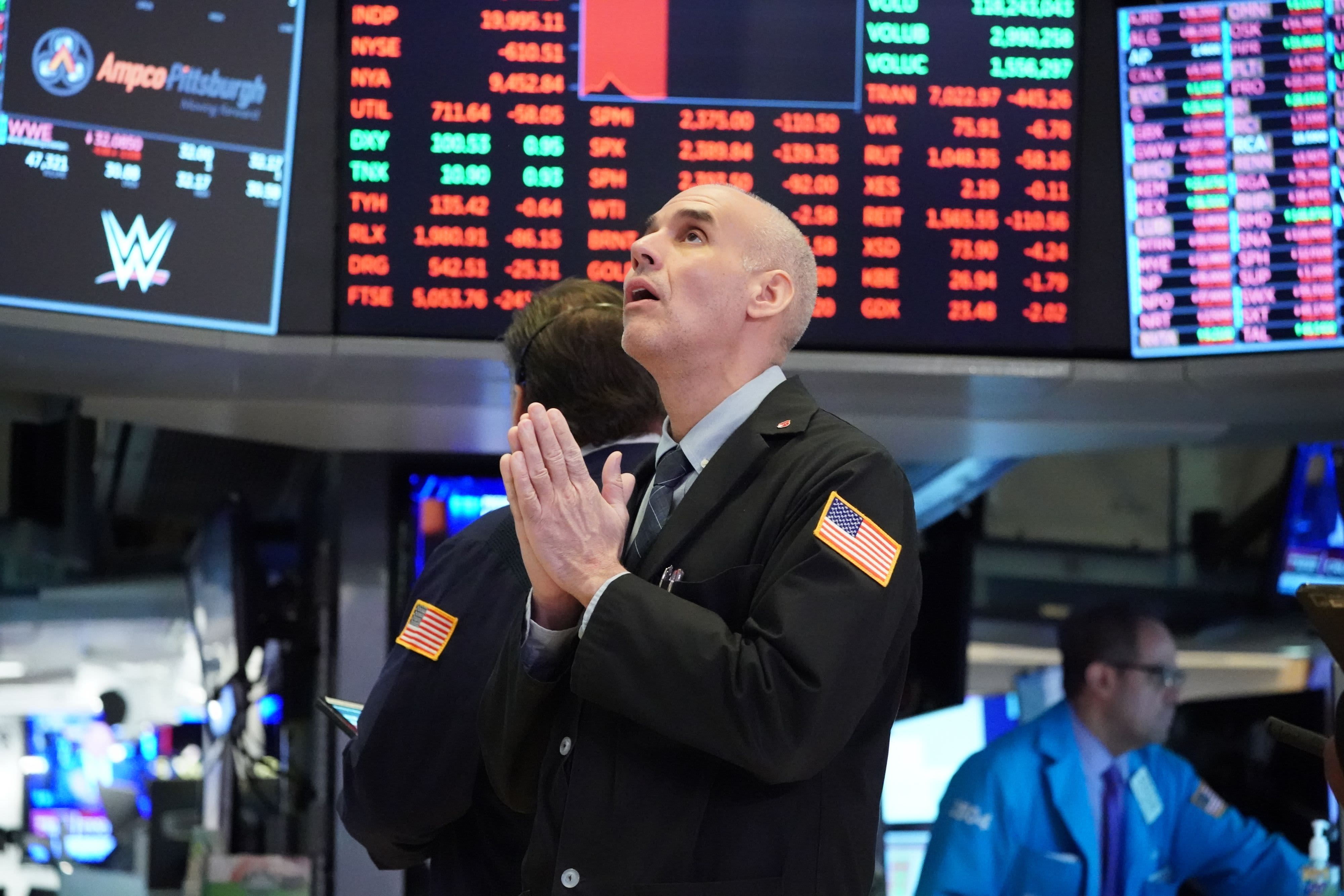If you have cash parked in a money market fund that invests in non-U.S. Treasury debt, the Federal Reserve says it’s got your back.
Late Wednesday, the Fed announced a new program that will make loans to financial institutions that buy shares in “prime” money market mutual funds, whose investments include corporate bonds. It’s the latest move by the Fed to prop up the U.S. financial system as the fallout from the coronavirus pandemic continues to run roughshod over the economy.
“The Fed is doing all it can to make sure the system’s plumbing is working,” said certified financial planner Mike Hennessy, founder and CEO of Harbor Crest Wealth Advisors in Fort Lauderdale, Florida.
Traders work on the floor at the opening bell of the Dow Industrial Average at the New York Stock Exchange on March 18, 2020 in New York.
Bryan R. Smith | AFP | Getty Images
“We need to avoid a situation where issuers can’t access liquid short-term capital and investors fear their cash could lose value,” said Hennessy, who previously was a trader and portfolio manager at BlackRock.
The Fed’s move came on the heels of yet another rough day on Wall Street as the Dow Jones Industrial Average closed Wednesday down nearly 6% at 19,936.90 (although on Thursday it was climbing). That’s on top of other large drops over the last several weeks that have put the index about 32% off its Feb. 14 high of 29,398.
Money market funds, which hold roughly $3.8 trillion, often serve as a place for both large institutions and individuals to keep assets away from stocks but where they’re likely to earn more interest than a standard bank account.
However, as is the case with all mutual funds, they are not FDIC-insured like traditional checking and savings accounts.
While all money market funds generally are in low-risk, short-term investments — often Treasury bonds — “prime” money market funds are invested in other types of debt, including bonds from a corporation, a government agency or a government-sponsored enterprise. Often, these prime funds target institutional investors.
For companies, the short-term debt they borrow from investors through prime money market funds may serve as an important source of cash flow to cover operations, such as payroll, Hennessy said. Generally speaking, if investors in prime funds pull assets en masse for their own cash needs, the funds may be unable to buy bonds from the companies that are issuing them.
More from Personal Finance:
67 million Americans may struggle to pay credit card bills
How a cash infusion would help millions of Americans
Germ-ridden cash may boost use of contactless payments
“Corporations issue liabilities that these funds buy — that’s their oxygen,” Hennessy said.
One difference from other mutual funds is that many money market funds aim to maintain a net asset value of $1 (which essentially means $1 per fund share). Any interest earned by the fund that’s in excess of the amount needed to keep shares at $1 each is distributed to account holders. In other words, you could reasonably expect to have no loss of your principal, even if it doesn’t grow by much.
That system generally worked well for many years until the 2008 financial crisis. That’s when one large money market fund that held millions of dollars worth of debt from bankrupt Lehman Brothers went under when its net asset value dropped to 97 cents — called “breaking the buck” — and it was forced to liquidate.
“No one thought money markets had risk to them,” Hennessy said “People lost their marbles because it was supposed to be safe but then it wasn’t.”
The Fed came to the rescue, and eventually new regulations were implemented that are intended to help protect investor money in these funds. One upshot of those rules is that prime money market funds aren’t beholden to that $1 share price — in other words, the net asset value can fluctuate.
While the Fed’s latest move targets prime money market funds, the message may resonate across all money market investors.
“The Fed’s backstop is supportive, undoubtedly,” Hennessy said. “It allows you to have peace of mind that the money you have in a money market fund is indeed stable.”
